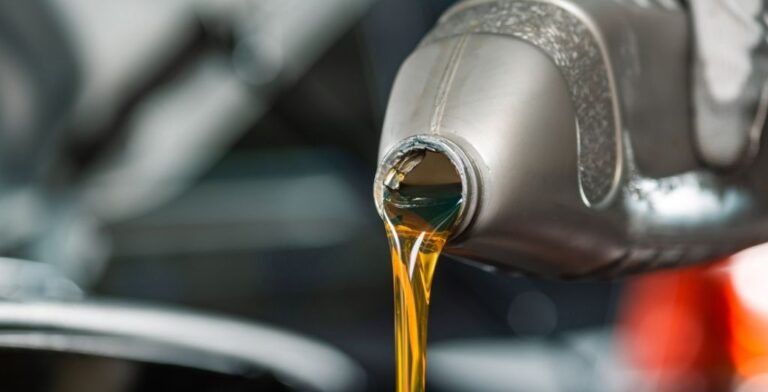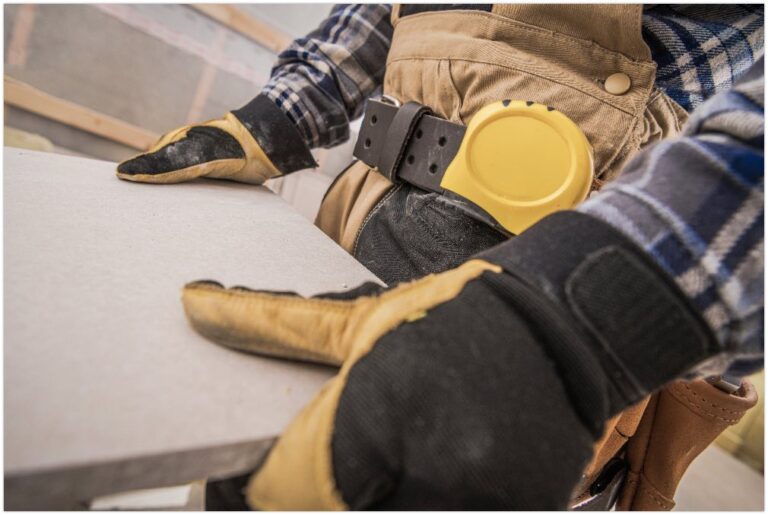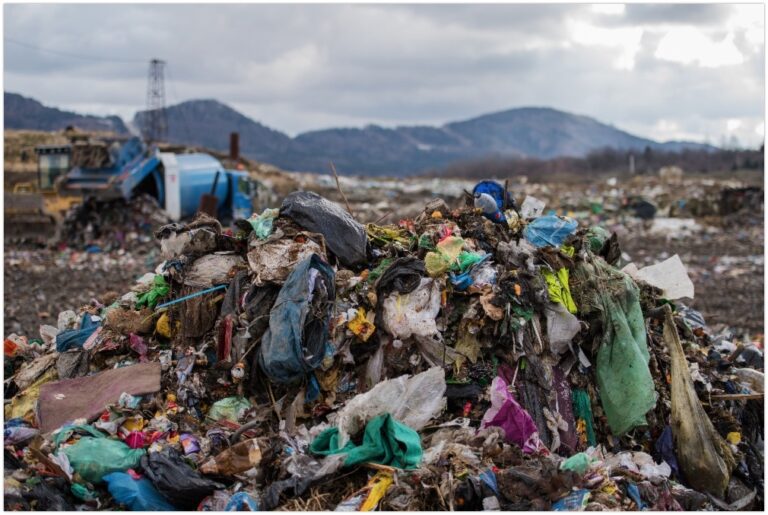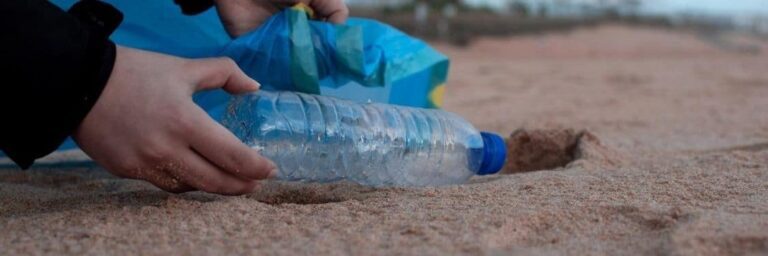The garbage patch typically refers to the name given to the massive concentrations of rubbish in the northern parts of the Pacific Ocean. It should be noted that a significant amount of this garbage is plastic. To be more precise, this is an area in the Pacific Ocean with a very high concentration of plastic garbage. This zone is so huge that it has been rumoured to be twice the area of the entire state of Texas of the United States, or even to the entire nation of Afghanistan!
It is estimated that close to two million tonnes of plastic waste are entering the ocean annually from the rivers. Unfortunately, nearly three-quarter of this plastic waste is less dense than the ocean waters, implying that it never sinks once it encounters the sea waters. It has been proven that more buoyant and relatively stronger plastic matter often show resilience in the tough marine environment, a phenomenon that enables them to be transported over large distances, over time. They remain at the surface of the sea, make their way offshore before being transported with the help of converging currents to the patch where they get accumulated.
What’s the exact size of the Great Pacific Garbage Patch?
Typically, the great pacific garbage patch extends to an area estimated to be about 1.6 million square kilometres. However, as a result of the inter-annual as well as seasonal variabilities of both ocean currents and winds, the exact location, shape and size are always constantly changing. Only floating particles which are predominantly influenced by ocean currents and less by winds usually remain within the patch.
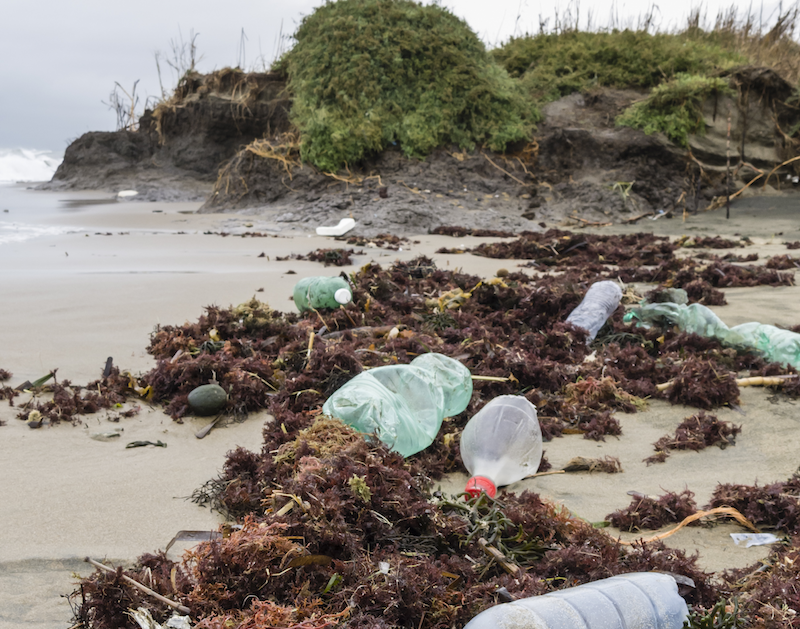
What is the estimated number of plastic garbage in the Great Pacific Garbage Patch (GPGP)?
Recent research indicates that there are at least 1.8 trillion debris of plastic in the patch, which exhibit a total mass of estimated eighty thousand tonnes. These figures are very much higher than the earlier findings and calculations. In short, there has been a significant increase in the number of plastic waste deposited in the oceans. If you didn’t know, the estimated weight of this matter is equivalent to that of five hundred jumbo jets.
The central part of the GPGP boasts the highest density whereas the furthest boundaries have the least amount of plastic garbage. It should be noted that when trying to quantify the weight of the plastic deposit in this zone, the researchers only accounted for the dense central part. They estimated that if they would have included the outer regions, then the approximated total mass would be a figure closer to a hundred thousand tonnes.
What types of plastic debris float in the Great Pacific Garbage Patch?
A significant amount of plastic in the zone is usually made of hard or rigid polyethylene or polypropylene and neglected fishing gear. The fishing in this context refers to ropes, nets and other fishing elements. Typically, the plastic garbage in the patch is classified into four distinct categories including;
- Microplastics, which are between 0.05 to 0.5 cm in size.
- Mesoblastic which are between 0.5 to 5cm in size.
- Macroplastics which range between 5 to 50cm in size.
- Megaplastics which is any plastic waste larger than 50cm.
When accounting for the total garbage weight, 92% of the garbage in the patch is made up of particles larger than 0.5cm. Three-quarter of the total mass is made up of megaplastics and macroplastics. Bearing in mind that plastics in this region tend to persist, the chances are high that they will break down into relatively smaller components while floating in the GPGP.
This disintegration into microplastics usually occurs as a result of long-term exposure to the sun, temperature changes, marine life and waves. Microplastics have been seen floating within the surface layers of the ocean as well as far down on the floors of the ocean. Microplastics are extremely difficult to remove and are usually mistaken for food by marine creatures.
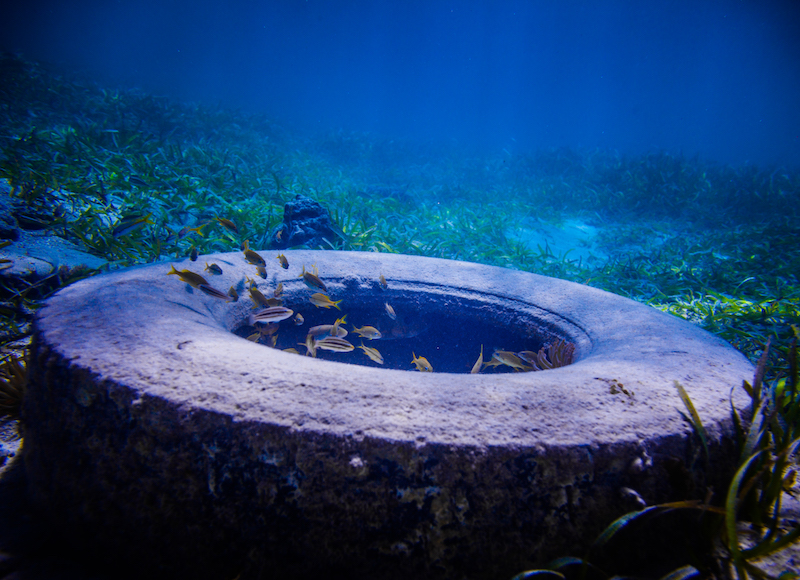
What are the impacts of Great Pacific Garbage Patch on humans and marine life?
The plastic pollution in the great pacific garbage patch poses significant risks for the health and the safety of humans as well as marine life. What’s more, there are serious economic implications associated with it as well.
- Plastic waste have become ubiquitous substance in the ocean waters. Due to its nature, marine animals often confuse plastic matter for food. The consumption of this plastic threatens their health and existence to a larger extent.
- Fishing gear accounts for at least 46% of the total mass in the GPGP. They can be dangerous for marine creatures that collide with them and are unable to free themselves from them. The interaction with these ghost nets causes the death of many marine animals.
- Unfortunately, once the plastic particles have entered the marine food web, the chances are high that the human food chain will become contaminated as well. Of course, this can potentially result in a whole host of health problems to the human population.
- It results in a significant financial burden. The efforts to eradicate this mass of ocean plastic can cost a lot of money. If you didn’t know, the United Nations estimates that the overall environmental damage created by the deposition of plastic debris in the marine ecosystems represents nearly thirteen billion USD. This estimation only includes the cost of beach cleanups and perhaps the loss incurred by fisheries.
Clearly, the impacts of GPGP on the environment can be detrimental. Efforts must be made to reduce, eliminate and remove this mass of plastic deposition on our ocean. Of course, that is easier said than done and it would require the efforts of everyone, ranging from underdeveloped to the developed world. Thankfully, efforts are underway to ensure that this waste is contained sustainably.
We are always responsible for our disposal of waste and ensure that they do not end up like the Great Pacific Garbage Patch. Paul’s Rubbish Removal is committed to recycling and reusing rubbish whenever possible to optimise our waste and preserve our future generation. Take the stand with us and call us to hand remove and pick up any junk that you need to get rid of.
Grab a free quote over the phone with our friendly staff on 0407 125 125!



